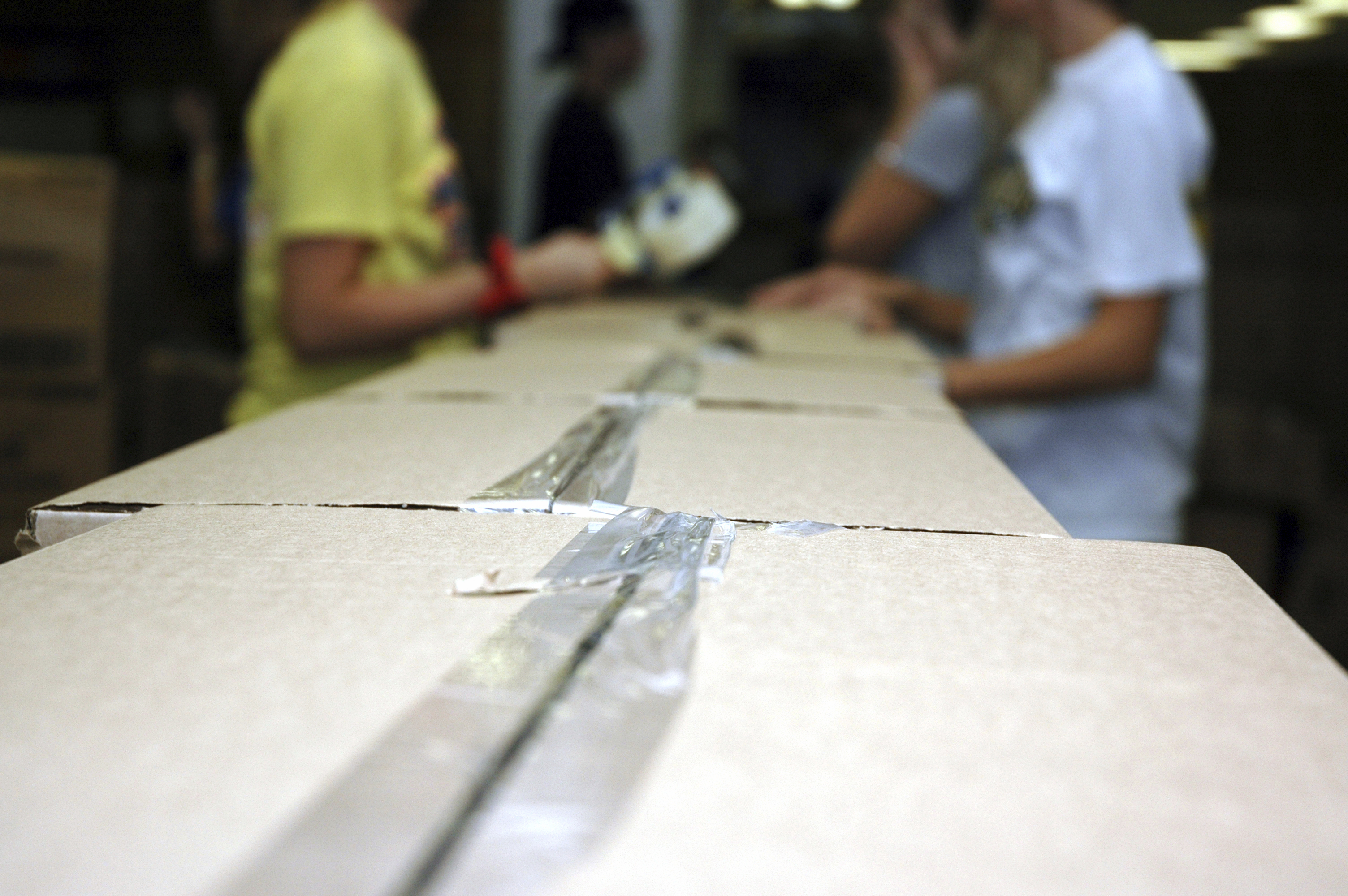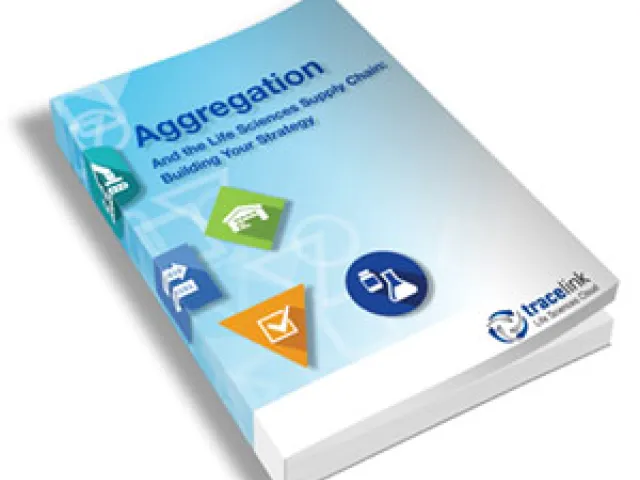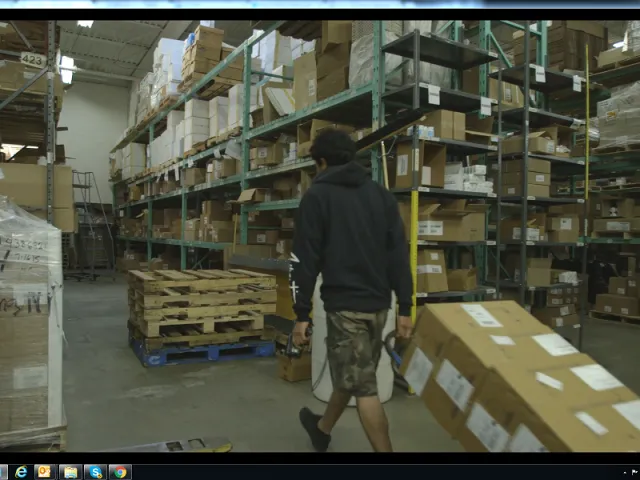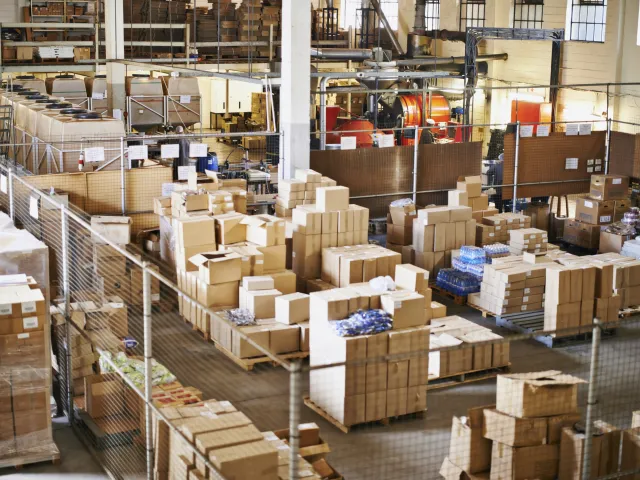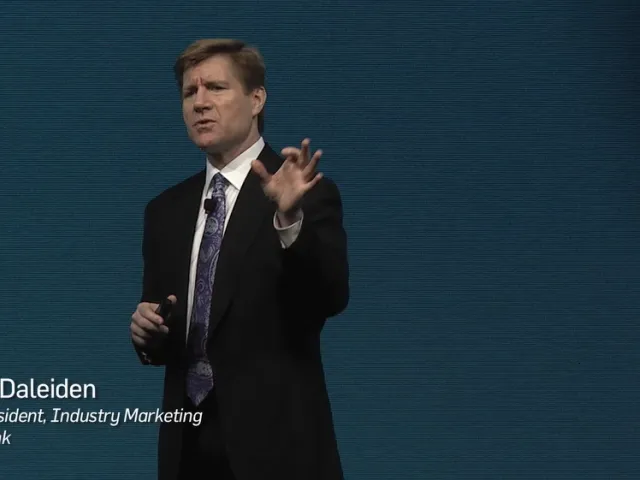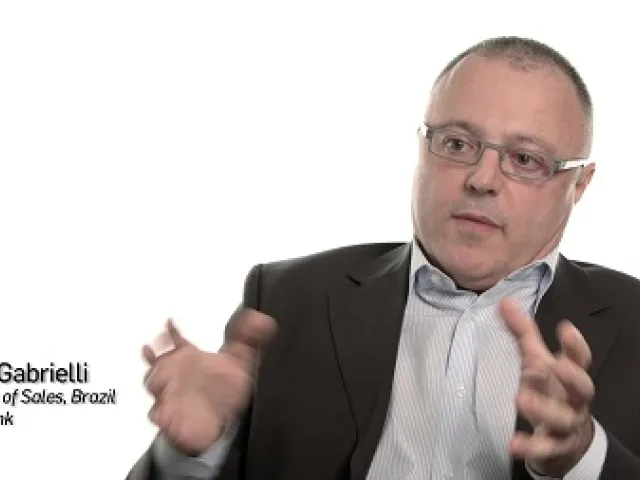Table of contents
If you manufacture drug products either within your own company or as a CMO for a pharmaceutical customer, you have begun to focus on global serialization demands. As part of that, you have likely heard about aggregation and understand the basics, including that aggregation allows you to build “parent-child” relationships between saleable items and their bundle or case. What you may not know, though, is what it would mean for your operations to enable aggregation and support it on a daily basis, not just in packaging but in materials handling scenarios all the way through shipment and beyond. To make an informed decision about whether or not to enable aggregation, it’s important to learn about the changes it would demand both at the packaging line level and during post-packaging processing.
A ripple effect
Aggregation introduces complexity and alters materials handling processes throughout operations until product is received into your customer’s dock. In order to aggregate, you need to invest in equipment to establish the relationships; define new processes throughout your warehouse facilities to protect the integrity of the aggregation associations; and dedicate staff time to support these operational changes. In the post-packaging warehouse environment, exception handling for sampling, decommissioning, dis-aggregation and other scenarios needs to be carefully thought through and integrated into every aspect of operations.
In-lot line changes
At the packaging line level, you must establish the aggregation relationships, confirm their validity, and then fix any discrepancies that are discovered, accounting for and establishing a status for each serialized product and its relationship within the packaging hierarchy.
Automated packing
At many large pharmaceutical companies, serialized saleable units will come out of the item level serialization process and need to be aggregated into a bundle or case. This required the capability to inspect the serial numbers on the item through vision inspection stations and software that is configured to count and verify that the correct number of items have been aggregated to the higher packaging unit. The automated aggregation process is especially challenging with round bottles prevalent in the US market, as direct line of site with each 2D bar code is required to accurately read the unit level serial numbers as they are sent to the bundle or case packing station. If an error is discovered, the case needs to go to a newly established rework station where designated staff must correct discrepancies. If aggregation is required up to the pallet level, similar capabilities are required on automated lines for case-to- pallet aggregation.
Manual packing
Your company may pack cases with physical staff rather than machines, making it a less controlled and less linear process with more room for error. You will need to institute written guidelines, a training program for current line staff, and ongoing sessions for new hires. Scanning stations and case label printing and control processes need to be established to control accuracy and quality in manual packaging operations. Employees will need to understand the relevant regulations, the implications of mistakes during the case packing process, and how to correct issues and manage exceptions.
Post-packaging processing
Aggregation relationships need to be managed throughout post- packaging materials- handling operations to insure that the physical hierarchy and the corresponding data remains trustworthy. A relationship may be correct when it comes off the line, but there are many scenarios in which it could be compromised before it leaves your ownership. After it passes the inspection station, a case may go onto a pallet then into the finished goods area or to an internal distribution site. Somewhere along the way it could be damaged, or you may need to open it and ship just part of the contents. You might discover a miscount, or need to do some quality sampling. In a non-aggregated world, you can simply grab replacement units off the line and add them to your case. But if you have aggregation hierarchies in place, disruption between a portion of the original items and the larger case compromises the relationship. These disruptions need to be carefully accounted for and reflected in status changes for each serialized item. Your aggregation associations are only valid when the parent item contains all of the original children; once some of unit items go their separate ways, adjustments must be made before you can ship the product.
Disaggregation, reaggregation, and other relationship changes
Once your original aggregation hierarchy has been compromised, there are a half dozen or so steps that you may need to take to rectify your compliance records, including:
- Disaggregate – Dissolve the relationship between the parent packaging and all of its children
- Decommission/Destroy – Deactivate the serial number of any units that have been damaged or removed for quality sampling and or destroyed for any other reason (damaged, etc)
- Disaggregate from container – Remove a bundle or portion from the container but keep the relationship between the larger packaging and the other items intact
- Replace item in a container – Provide replacements for any saleable units that have been removed and correctly add the new serial numbers to the aggregation relationship
- Reaggregate – Create a new relationship with the larger packing unit and remaining saleable units
- Reset container aggregation - Disaggregate all existing items in a container and then aggregates a new set of items to that container
You need to have the business processes and trained staff in place to recognize situations in which you need to manage exceptions and correctly account for any changes in product status that will impact packaging hierarchy, and a compliance solution in place to help execute them. In some markets such as Brazil and China, aggregation is a compliance event and when you alter a relationship, you may also have to trigger a reporting event.
To aggregate or not to aggregate?
As a manufacturer you are already facing significant packaging line upgrade expenses just for serialization. Putting aggregation in place would offer some operational benefits, like inventory management, but it could drive costs even higher. Now that you know what aggregation would look like, how do you decide whether and how to implement it? Check back next week for the top questions to ask to determine the need and potential strategy for your company.


